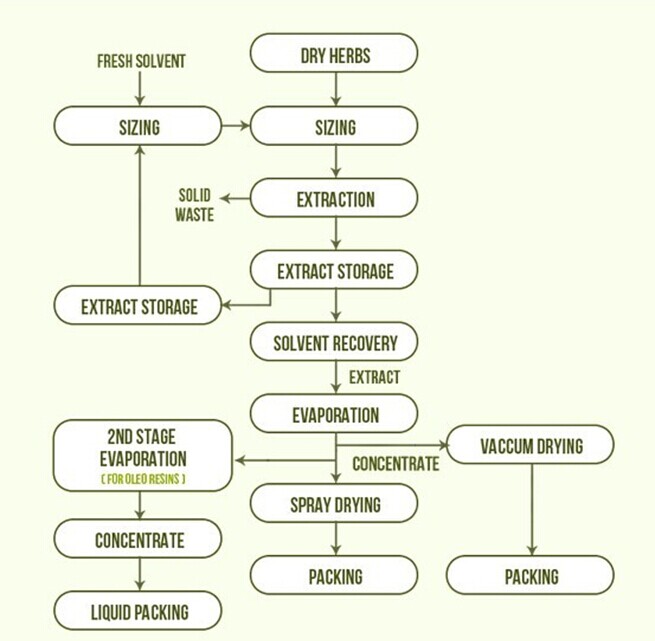Astaxanthin source: Astaxanthin is found in microalgae, yeast, salmon, trout, krill, shrimp, crayfish, crustaceans, and the feathers of some birds. It provides the red color of salmon meat and the red color of cooked shellfish.
Astaxanthin introduction: Astaxanthin, a member of the carotenoid family, is an oxygenated red-orange pigment. Professor Basil Weedon was the first to map the structure of astaxanthin. Astaxanthin is found in microalgae, yeast, salmon, trout, shrimp, crustaceans, and other sources. However, Haematococcus pluvialis appears to be the best source of astaxanthin. Astaxanthin cannot be synthesized by human and it must be provided in the diet. Astaxanthin has been proven to be one of the most powerful anti-oxidants yet discovered.
Appearance:Dark Red powder
Active ingredient:Astaxanthin
Astaxanthin specifications:Purity 3.5% 3% 2.5% 2% 1.5 %1%, etc.
Test By:HPLC
Molecular formula:C40H52O4
Molecular weight:596.85
Processing
technology:
Main Benefits:
1. Astaxanthin is a naturally occurring carotenoid, which mainly presents in shells of lobster and shrimp.
2. Astaxanthin is a powerful antioxidant and can serve as a potent free-radical scavenger, shown 550-1000 times higher powerful antioxidant than Vitamin C and E or other carotenoids.
3. Moreover, astaxanthin has been found to provide many essential biological functions, including protection against lipid-membrane peroxidation of essential polyunsaturated fatty acids and proteins, DNA damage and UV light effects.
4. It also plays an important role in immunological defense.
5. Astaxanthin has benefit to the disease below: Age-Related Macular Degeneration, Alzheimer's and Parkinson's Diseases, Cholesterol Disease.
Company Pictures:


